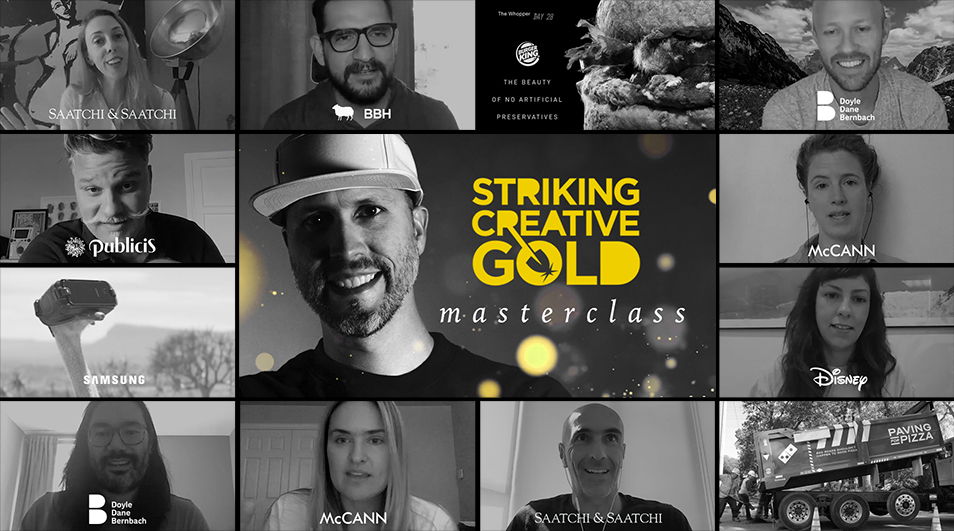What is design?
Oh, that haunting question! This is not even the first time I try to answer it in this blog!
After mulling over it for 4 years in college, we never got to a satisfying conclusion. It did lead to many interesting discussions, though. I bet that was the point our mentors wanted to make. It's one of those questions that are better left unanswered, to make us think and ponder on important matters.
"What's the meaning of life?"
"What came first, the chicken or the egg?"
"What are the hell are the Smurfs?"
But sometimes you find interesting answers to those questions. They might not be complete or conclusive, but lead to more thinking, and more discussions.

Except for the chicken and egg, question. To which the answer is obviously the egg.
I have always though of design as "optimizing", of making the best use of what you got. Recently, the perfect way to illustrate this concept came to me, while I was enjoying looking at pictures of different chairs.
The chair was always my go-to example to explain or talk about what design is. A chair has only one purpose: for people to sit on it. Yet, it can be designed in an infinite number of ways. Some cheap, some expensive, some comfy, some not so comfy, some easy to produce, some almost impossible to.
In any way, they are all made of different parts that are put together to create "chair". The parts include legs, seat, backrest, etc... If you pull them apart, they are "parts", when you assemble them, they are "chair".

parts

whole
So obviously chair, in this case the whole, is much more than the sum of its parts. But how much more? That depends on how good its design is. So we can conclude that "design" is in fact the difference between the "whole" and the "sum of the parts". To put it simply into a math formula:
whole - parts = design
That formula shall be celebrated and taught in schools for generations to come. 🙂
Design is not quantifiable, but it's something you feel. It's our ingenuity, our curiosity, our intelligence, our creativity, all put together into a transforming force. It's the human element.
I've tried to find a hole in this logic, but couldn't find it. The only argument I've found is that things that have only one part can also be designed, like a screw. But a screw is also so much more than its weight in steel. We could use "whole"-"matter"="design", but using "parts" makes it easier to understand given the cultural relevance of the term, since the phrase "the whole is more the the sum of its parts" is so widely known.
Let's put this formula to the test. Does it work for your area of design? If it doesn't, call BS! Start a discussion in the comments section below.


No comments.